Radon Gas in Crawlspaces & Basements - why is it a problem?
Radon gas was not high on the radar of builders and home owners over the last few decades但在美国和加拿大,它是肺癌的第二大病因(仅次于吸烟),因此它很快成为一个家喻户晓的词。许多新建的房屋将有氡屏障和通风口,但问题仍然是,在没有缓解系统的情况下,如何处理现有房屋中的高水平氡。下面,我们将根据具体情况概述减少氡的解决方案,针对不同的地基和地下室情况提供不同的选择。If you just found out you have high radon levels in your home, or you've looked at aradon map that shows your state or region as being at risk of high radon levels, don’t panic; there is virtually always a way tofix radon gas levels in a home- I should know, my house was tested to have high radon levels, and after radon mitigation was installed and we re-tested for radon, I now know we can live safely - so radon mitigation works!
First step, find out if you have a radon gas problem by having the air in your home tested. A radon testing kit is not very expensive and should be available through your municipality, state, or via areputable radon testing kit brand online.你通常需要在房子的每一层都安装一个氡测试装置,然后忘掉它几个月;然后送去实验室看看结果。测试最好在窗户关闭的冬天进行,以获得准确的读数。正常的活动,比如用室外通风的烘干机洗衣服和运行通风设备是可以预料的,所以在测试房屋的氡时,你不需要改变你的正常行为。如果你知道或怀疑你的家有氡“风险”,那么可以考虑安装一个连续的SMART氡监测系统,通过专门的应用程序报警——这些成本稍高,但可以让你更加安心,并且可以跟踪家里的氡气水平。Click on the image below to see one option we like, orcompare and get pricing on Radon Monitoring systems here.
If you get a high radon reading in the air, the next logical step is to determine the source, so firstcheck your water for radon to see if that is the problem; read more here.
In high radon risk areas, new homes often have ‘passive’ radon mitigation systems installed when they were built (a simple 4 inch pipe from below the slab to the exterior), though they have limited effectiveness as there is rarely enough stack pressure to draw up radon gas from the soil. They are still good to have, mostly because they can be adapted to include a fan to draw air if radon levels in the home turn out to be high.
Background levels of radon are present everywhere and are usually so low that there is no way to know ahead of breaking ground if a building site will lead to a home with unsafe radon levels. And as almost all homes will have at least some radon present, there is no reason not to take the basic steps in the beginning to avoid a harder problem to solve in the future. Having said that, basements are potentially more prone to radon gas issues, so that's another of thereasons to choose a slab-on-grade instead of a basement.
 |
|
Active radon stack installation © Radon Works
|
Radon exhaust stacks - placement to avoid freezing in cold climates
Radon stacks are often brought up through the walls and vented out through the rooflike a plumbing stack. The intention of that design is to keep it far enough from open windows to prevent the radon gas from re-entering the home, but that is unnecessary and can work against you.
The air below your slab is potentially very humid, and in cold weather it's warmer than the outside air. As a radon mitigation system can draw up to 2 litres of water a day through the exhaust stack, in colder climates this warm, moist air often condenses in the cold top of the radon stack and leads to freezing in winter as water vapour can crystallize in the exposed length of pipe extending from the roof and plug the radon stack completely.
 |
|
Radon vent installation at low level © Radon Works
|
Preferably, if in a cold climate zone you would direct the exhaust vent from your radon stack straight out through the rim joist (as seen in the adjacent images), and there are several benefits to this location for all climate zones – it is a quicker install with less materials required, you avoid having to puncture your roofing materials and risk water leaks, and only a couple of inches of pipe is exposed to low winter temperatures if you're in a cold climate zone instead of a taller roof stack, so you greatly reduce the risk of freezing and getting the radon stack blocked up. It is also easier to throw a quick eyeball on a vent at ground level to check for freezing rather than getting up on your roof in winter, and very much easier to unfreeze your radon stack exhaust if you need to. Checkpricing for Radon Ventilation fans here.
The location of radon exhaust vents can follow the Building Code requirements for venting combustion appliances, which is to keep them 3 feet from operable windows. Keep it further away if you can, but there is enough dilution of air over just a few feet to prevent any noticeable amount of radon from re-entering the home. And be mindful to locate it at least that same distance away from anHRV or ERVfresh air intake or even a basic bathroom or kitchen fan outlet - because when they are off, they could backfeed radon into your home if the conduit runs down into a basement - which would be bad.
Before starting radon mitigation in a crawlspace or basement:
Here's a thing, if you're about to install radon mitigation in a crawlspace or basementbecause your radon levels are above recommended levels, then the first step to starting the work and installing a radon barrier is to ventilate your work area. Open windows, put in a temporary low level inlet that goes outside at least 5 feet away from the window and turn on the fan for a couple of hours before you go working down there. Safety first, once you know there's an issue with radon in your home, avoiding breathing it as much as possible is a sensible precaution. If you have mold down in your crawlspace or basement too, wear a mask and take this into account in specifying your radon mitigation solution.Preventing mold when finishing a basement is possible, read here to find out how.
Radon in Crawlspace floors that won’t be insulated:
A radon barrier needs to be installed to seal off the ground from the air in the crawlspace.一种用于爬行空间的DIY减氡解决方案是使用标准的6毫升聚乙烯蒸汽屏障,这是可行的,但法律可能要求承包商使用防火膜。膜本身对氡并不是不透水的,但是氡会走最简单的路线,所以只要它是一个主动系统,用风扇从氡屏障下面抽走空气,结果通常是相当有效的。For extremely high levels and to ensure that your radon mitigation is dealt with once and for all, you may consider upgrading toa radon membrane that is tested impermeable to radon你的努力工作一定会有令人满意的结果。
The radon gas membrane needs to be sealed to the exterior wall (higher up the wall is better if it’s below grade) and all penetrations from plumbing or structural supports need to be well-sealed, including the intake that will pull the radon from below the membrane and exhaust the gas outside.
Radon in Crawlspaces that will be insulated:
The most effective technique for insulating crawlspacesandstopping radon ingressiseco-friendly sprayfoamapplied on the ground and walls; for more details seehow to insulate a crawlspace properly page here.To install a radon evacuation stack along with spray foam, there must be some medium in which the air and radon can move around below the foam. A layer of crushed stone will do the job as long as the intake is in the stone and not blocked by the foam. Spray foam will go on top of the stone and seal around the stack.
If getting a 4 inch-layer of clear stone into your crawlspace is not a viable option, there still needs to be a consistent separation between the ground and the radon barrier to allow radon to move freely below. This can be done by installing a dimpled membrane over top of the dirt, or another such suitable product. If your crawlspace floor is flat, another option is to use aradon resistant ridged layer of XPS but be sure to carefully tape seamsthat allows air movement below. This will give you a bit more thermal protection, and will be air-sealed by the spray foam on top. By doing this, you will either be able to use a bit less spray foam or you will have a higher R value and more efficient thermal barrier.
Radon mitigation in finished basements:
If you have a finished basement and have discovered you have high levels of radon, don’t panic, there are effective and affordable options.
最简单和最经济的选择是板下减压。大多数较新的房屋在楼板下方都有一个蒸汽屏障,尽管可能密封不好。有些房屋没有,但无论如何,条件相当好的混凝土应该能提供足够的空气屏障,将氡控制在其下。
A contractor will drill two small test holes in the concrete floor on opposite sides of the basement, then install a vacuum in one and measure air flow with the other. If there is sufficient air movement below the slab, then a radon evacuation stack can be installed with a fan that exhausts to the exterior.
Rob Mahoney of Radon Works in the National Capital Region is a radon mitigation specialist who has had great success with this technique.
“We have taken finished basements with radon levels in the thousands of becquerels and brought them down below a hundred using sub-slab depressurization”,says Mahoney.
Dedicated HRV for radon removal:if testing shows that removing radon from below the existing slab will not be successful, an HRV unit(heat recovery ventilator)or ERV unit (energy recoveryventilator) dedicated to the basement can be very effective. There is a continuous radon monitor called a Radostat that controls ventilation equipment by activating it when radon levels reach a peak 150 Bq. The HRV will kick in to high speed, and once levels have dropped to a safe level, the Radostat returns the HRV to its normal operating setting, and leaves the basement pressurized, which will reduce the amount of radon that can escape from the ground below.
Radon mitigation in unfinished basements:
The dedicated HRV system mentioned above is also an option for removing radon gasfrom unfinished basements, as is sub-slab depressurization. If you have extremely high levels and the HRV isn’t sufficient and you also are not able to do sub-slab depressurization, you can pour an additional concrete slab on top of the existing floor or even consider asidewall mounted self contained radon removal system.
The intention for pouring an additional slab is to create an air-sealed cavity where radon can collect and be removed. This can be done with a ridged layer of EPS insulation with voids underneath where air can circulate. A 5 inch hole is cut in the EPS layer where a flange and radon stack are installed. Once it is all sealed, a new layer of concrete is poured on top.
To use the rigid sheets of insulation you would need a flat surface, so along with existing basement floors, this is possible in a crawlspace also if it is flat enough - though very few are.

Air sealing between floors to stop radon:
If you have extremely high levels of radon, the Radostat and HRV option may work well,但可能不会让你达到完全安全的水平。Due tothe stack effect of warm air rising, basement air will always find its way to upper floors to balance pressure as warm air escapes through leaks at the higher points of your house.
In such a case, you may wish to create an air seal between the basement and upper floors. Very few membranes will actually block the passage of radon;one that does is available here, a membrane that can be installed either under slabs or in this case, on the ceiling of the basement to separate those environments. This will require meticulous attention to detail when sealing opening, but it can be a cheaper alternative to pouring a new concrete floor. We would also always recommend fitting a radon monitoring device or system to make extra certain no taped seams have come apart.
A ceiling membrane is a solution that should be used in conjunction with the HRV, so radon-rich air will not contaminate the upper living floors. The dangers from radon gas are from long-term exposure, so as long as you don’t use your basement as living space, going down to put on a load of laundry in a basement with higher levels will not cause you to drop dead on the spot; you just don’t want to live in it constantly.
Important to remember to stop radon ingress:
- Keep your HRV air intake clean!Blocked air intakes can depressurize the basement and cause a dramatic increase in radon levels by drawing it out of the soil.
- Sump pumps do not always have airtight lids, so be sure yours does or you will impede the system from doing its job properly.
- Radon gas in air is measuredin becquerels per cubic meter (Bq/m3) in Canada, and Health Canada recommends taking steps to mitigate radon in homes when levels exceed 200Bq/ m3。在美国,氡检测结果可采用三种不同的测量方法报告——微量(pCi/l)、工作水平(WL)和贝克勒尔(bq)。如果您的检测结果是pCi/L, EPA建议您修复您的家,如果氡水平是4 pCi/L或更高。如果检测结果是西城,环保局建议你修理你的房子,如果工作水平是西城0.016或更高。有些州要求WL结果转换为pCi/L,以减少混淆。虽然在美国不常用,但任何在0.148 bq或以上的氡水平都应该降低——指出EPA的建议低于加拿大的建议。另一个有趣或可能令人担忧的是,世界卫生组织世卫组织发起的《国际基本安全标准》(2014年)和《原子能机构氡安全指南》(2014年)建议的年平均浓度参考水平为100 Bq/m3,是加拿大卫生部建议的一半。As the WHO puts it: "The lower the radon concentration in a home, the lower the risk of lung cancer as there is no known threshold below which radon exposure carries no risk."
The radon mitigation techniques discussed here are intended to give homeowners an idea of the types of solutions that are available for reducing radon levels in homes, they are not intended as a DIY guide. Radon contamination in homes is a serious health concern and is best handled by an experienced professional who can guarantee results.
“There are countless air sealing products available on the market, you just need to know which ones to use and how to use them effectively. There is always a solution for reducing radon levels; you just may need to be creative about it. The worst case we ever found was a home with a reading of 20,000 Bq/m3 and we were able to bring it down to under 70.”–Rob Mahoney.
That covers Removing Radon gas from Crawlspaces & Basements, to read more aboutRadon Mitigation in Homes, see the Guides here,to readhow to reduce Radon Gas in well water, see here,both from theEcoHome Green Building Guides
Rob Mahoney is a radon mitigation specialist in the National Capital Region and sits on many advisory boards including theCanadian Association of Radon Scientists and Technologists,Canadian National Radon Proficiency Program,Canadian General Standards BoardandCGA Standards(Compressed Gas Association). He worked with the CHMC on a radon prevention pilot program and helped bring radon prevention into building codes. A big thanks to Rob for his technical guidance with this page. To learn more about radon prevention measures, visit his websiteradonworks.ca.


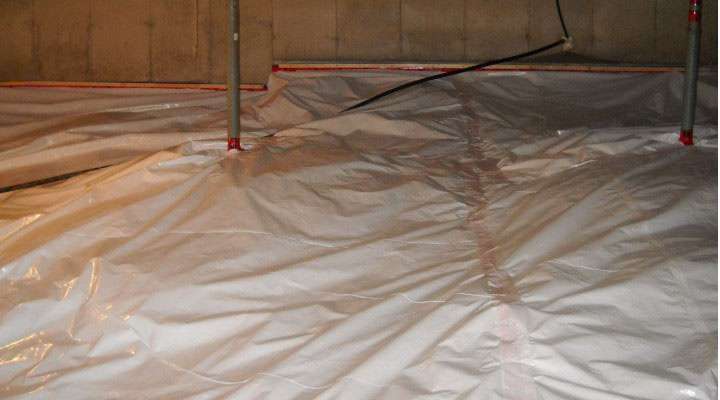














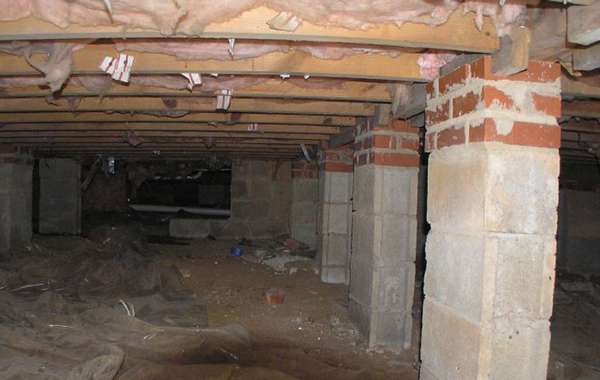

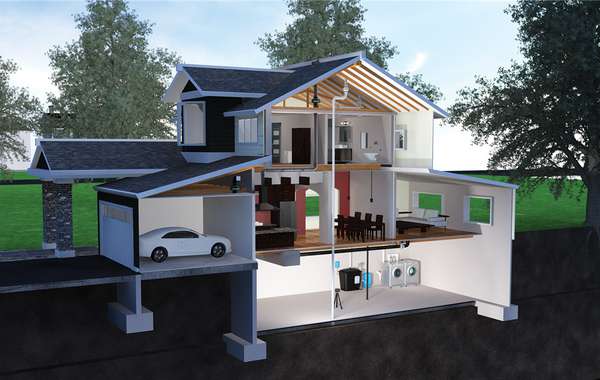
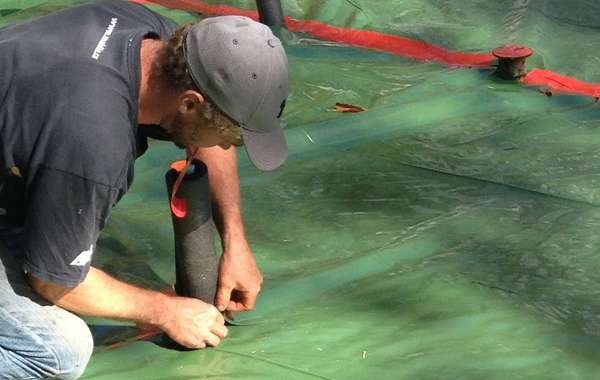
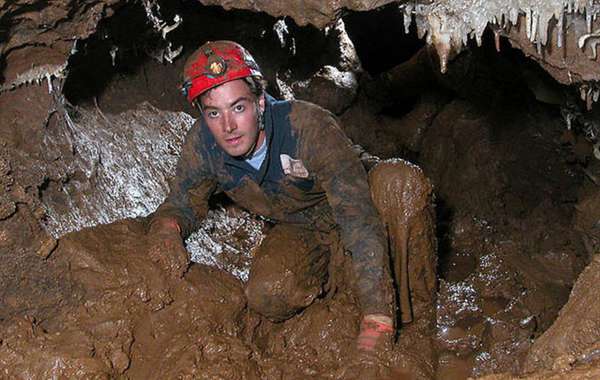

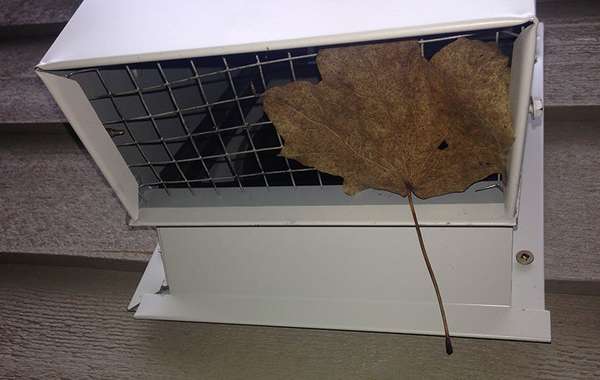

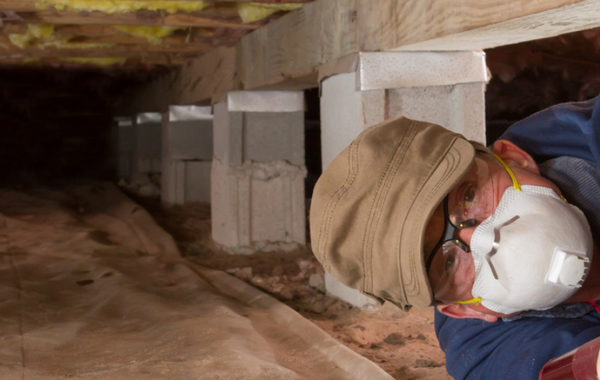
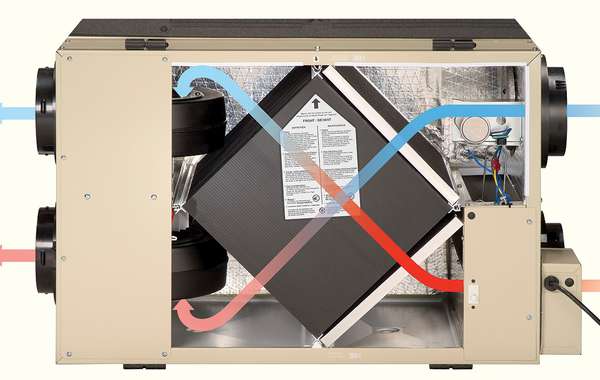
Comments (0)
Sign Up to Comment